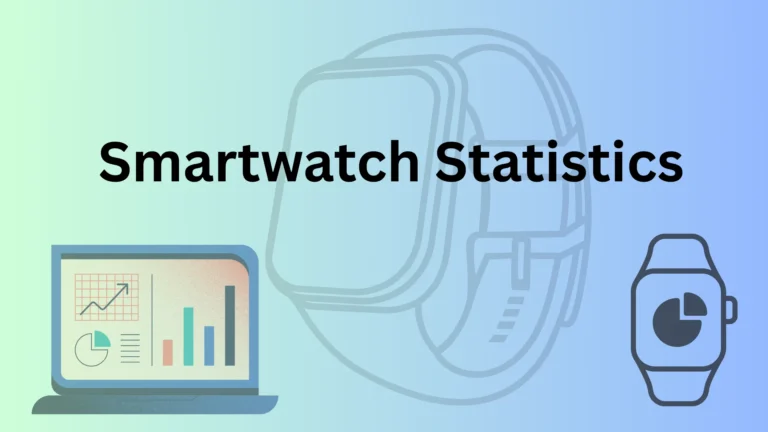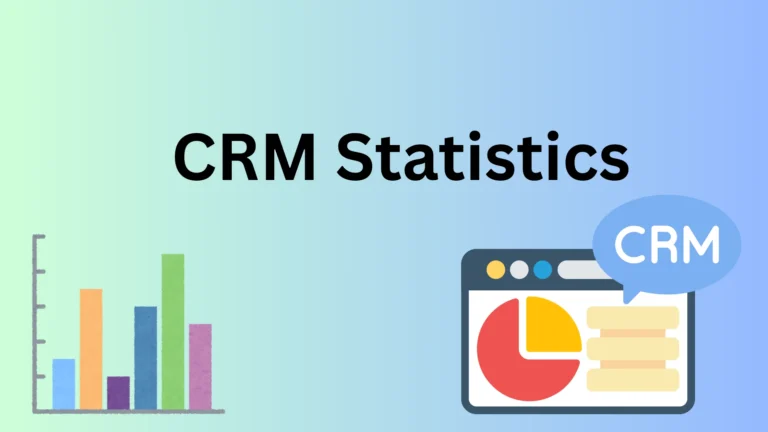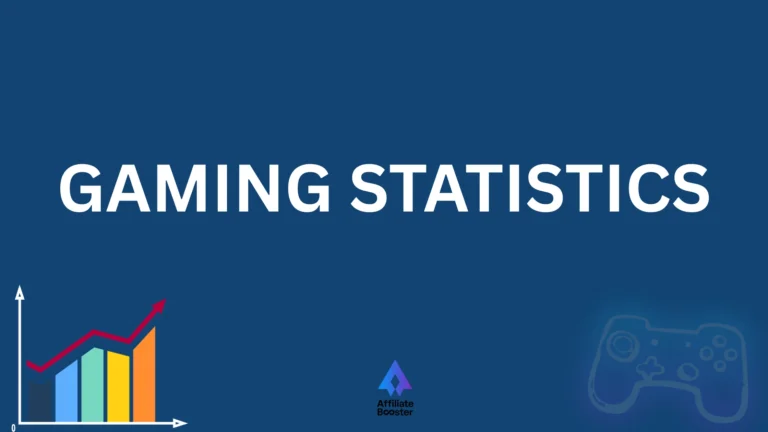Labubu, the cheeky elf with a toothy grin and bunny ears, has taken the world by storm. Created in 2015 by artist Kasing Lung and made famous by Pop Mart, Labubu went from a book character to a global hit.
Known for its mystery box sales, where buyers get a surprise figure, Labubu now has millions of collectors. By 2025, its popularity is still growing, with Pop Mart seeing huge growth and collectors, mostly women aged 25–34, driving demand in places like Southeast Asia and the U.S.
This guide will dive into Labubu Statistics & why Labubu has become such a big deal, and trends to explain its rise.
How Labubu Took Over? Labubu Statistics
Before we dive into the story, let's look at the incredible numbers behind the Labubu craze. These statistics show just how massive this trend has become in 2025.
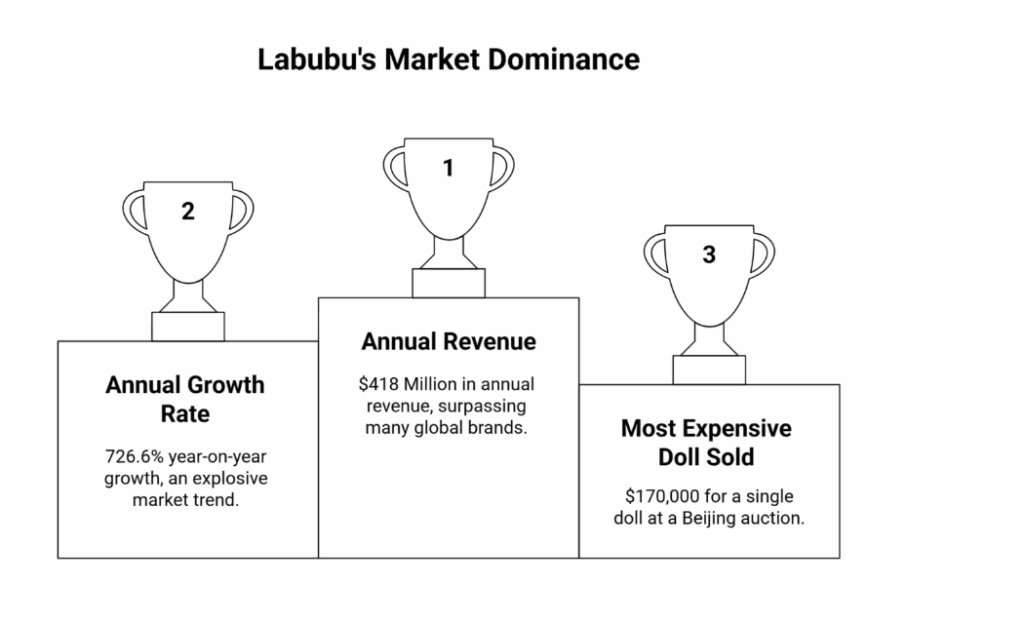
| Key Statistic | The Mind-Blowing Number | What This Means |
| Annual Revenue (2024) | $418 Million | From a single character series, this is more than many major global brands make in a year. |
| Annual Growth Rate | 726.6% (Year-on-Year) | This is explosive, hyper-growth, indicating a trend that is still accelerating at an incredible pace. |
| Most Expensive Doll Sold | $170,000 | A single, life-sized Labubu sold for the price of a luxury sports car at a Beijing auction. |
| Secondary Market Listings | 19,000+ on eBay | A thriving and highly active resale market where demand massively outstrips the initial supply. |
| Global Reach | 30% of sales from outside China | This is not just a regional trend; it's a confirmed global phenomenon with a huge presence in the U.S. and Southeast Asia. |
| Fan Spending | Up to $22,895 on Blind Boxes | Reports show dedicated fans spending huge sums just for the chance to pull a rare, secret Labubu. |
Who is Labubu? The Origin of the Mischievous Monster
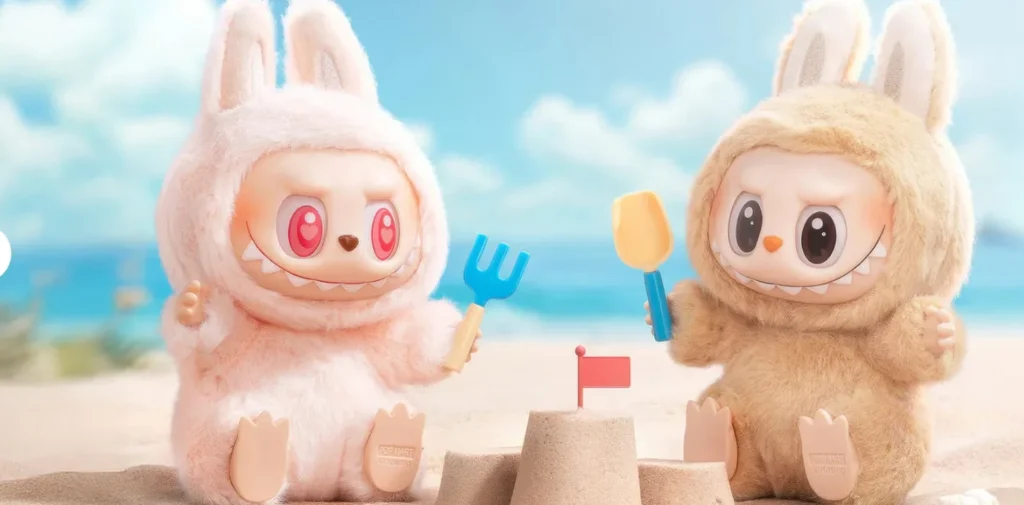
To understand the craze, you first have to understand the creature. Labubu is not a corporate-designed mascot; it's the creation of a single, passionate artist.
The Creator: Labubu was born from the imagination of Kasing Lung, a Hong Kong-born artist who grew up in the Netherlands. The rich folklore and fairy tales of Northern Europe heavily influence his art.
The Origin Story: In 2015, Kasing Lung published an illustrated book series titled “The Monsters.” The books tell the story of a whimsical world inhabited by various creatures. The main characters are a playful and mischievous tribe of female elves with signature toothed grins and long ears, the Labubus.
The Partnership: For years, Labubu existed only in Lung's books and art. In 2019, he partnered with Pop Mart, a Chinese toy company specializing in “art toys” and the blind box model. This partnership was the spark that lit the fuse, taking Labubu from a niche art character to a global retail superstar.
What Makes Labubu So Popular?
Why did Labubu succeed where so many other toys have failed? It's a perfect storm of modern marketing, celebrity influence, and basic human psychology.
The Celebrity Boost: How Lisa Made Labubu a Star
The initial spark for the global craze can be traced back to one person: LISA from the K-pop supergroup BLACKPINK. In early 2024, she was spotted with a green Labubu doll attached to her purse.
She then posted photos of her collection on Instagram to her hundreds of millions of followers. The effect was instantaneous.
The “LISA Labubu” sold out everywhere, prices skyrocketed on the secondary market, and a new trend was born. The fire was further fueled when other global icons like Rihanna, Dua Lipa, and David Beckham were seen with the dolls.
The Power of “Ugly-Cute”: Labubu's Unique Look
Labubu doesn't fit the traditional mold of a “cute” toy. Its wide, toothy grin is slightly mischievous, even a little creepy.
This “ugly-cute” aesthetic resonates powerfully, especially with Gen Z and Millennial collectors who are drawn to characters with more personality and edge than a standard teddy bear. It's unique, memorable, and stands out.
Blind Boxes and the Rush: What Makes Labubu So Fun
Labubus are primarily sold in “blind boxes.” You don't know which character from a series you are getting until you open it. This model is incredibly effective for several reasons:
- It's a Treasure Hunt: It taps into the same psychological thrill as playing a lottery or opening a pack of trading cards.
- The “Secret” Chase: In every case of 12 blind boxes, there is a small chance (often 1 in 72 or 1 in 144) of getting a super-rare, unannounced “secret” character. This “chase” element drives collectors to buy multiple boxes, fueling sales and creating intense excitement.
- Encourages Community: People who get duplicates can trade with others, fostering a strong online and offline community of fans.
The Social Media Buzz Behind Labubu
The unboxing experience is perfectly designed for platforms like TikTok and Instagram. The hashtag #labubu has over 1.3 million video posts, with countless creators sharing the suspense and joy of opening a blind box.
This user-generated content acts as free, viral marketing that constantly brings new people into the fold.
The Labubu Economy: Sales, Revenue, and Pricing
The money behind this craze is just as fascinating as the dolls themselves. The sales data reveal a brand that has mastered the art of hype and distribution.
The Explosive Growth of Labubu’s Sales
The growth of the Labubu “THE MONSTERS” series has been nothing short of astronomical.
| Year | Revenue (USD) | Growth Rate |
| 2023 | ~$50 Million (Est.) | – |
| 2024 | $418 Million | 726.6% |
| 2025 (H1 Forecast) | – | ~200% (Projected) |
This explosive growth has made Pop Mart's founder, Wang Ning, one of the richest men in the toy industry, with a net worth exceeding $22 billion.
Source: CNNUs
Where in the World is Labubu Most Popular?
While its roots are in China, Labubu's international presence is growing at a staggering rate. Here is the sales breakdown for the first half of 2024 from international markets (excluding mainland China).
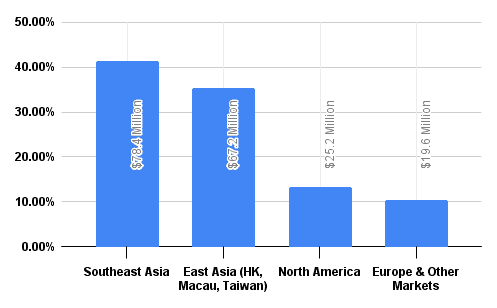
| Region/Country | Revenue (H1 2024) | % of International Sales |
| Southeast Asia | $78.4 Million | 41.4% |
| East Asia (HK, Macau, Taiwan) | $67.2 Million | 35.4% |
| North America | $25.2 Million | 13.2% |
| Europe & Other Markets | $19.6 Million | 10.3% |
In the United States, search interest is highest in states with strong ties to Asian pop culture and trends.
| Top U.S. States by Search Interest | Search Index (0-100) |
| Hawaii | 100 |
| California | 90 |
| Nevada | 80 |
| New Mexico | 50 |
| Arizona | 50 |
Labubu Pricing: From Affordable to Expensive
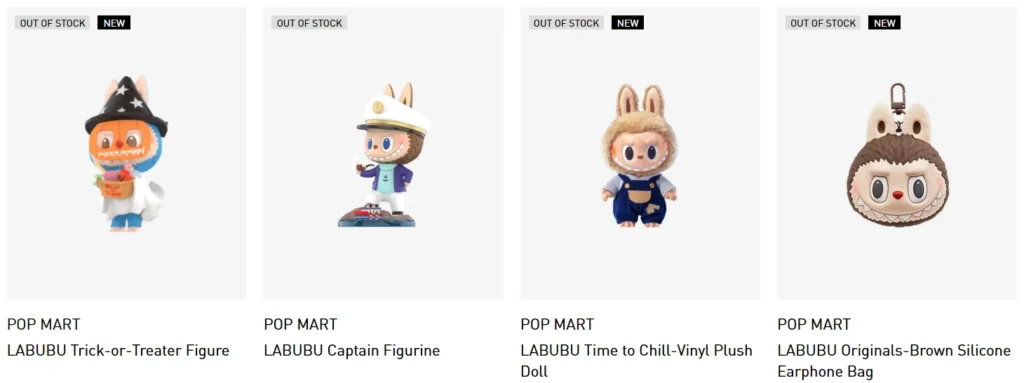
The price of a Labubu can vary dramatically depending on where and what you buy.
- Standard Blind Box: $15 – $28 USD at retail.
- Larger Plush Dolls: $40 – $85 USD.
- Limited Editions: $150+ at retail.
- Common Resale Figures: $30 – $60 USD.
- Rare/Secret Resale Figures: $150 – $2,000+ USD.
Is Labubu a Smart Investment or the Next Beanie Baby?
With dolls selling for thousands of dollars, many people are looking at Labubu not just as a collectible, but as an investment. But is it a wise one? History gives us a valuable and cautionary lesson.
A Tale of Three Crazes: Labubu vs. Its Predecessors
| Feature | Cabbage Patch Kids (1980s) | Beanie Babies (1990s) | Labubu (2020s) |
| The Hook | “Adoption papers” and a unique doll for every child. One of a kind. | “Retiring” characters to create artificial scarcity. | The “blind box” thrill and the chase for secret, rare designs. |
| The Hype | Media reports of riots in stores. Overwhelming demand. | Price guides, collector magazines, and the rise of eBay. | Celebrity endorsements, TikTok unboxings, and global online communities. |
| The Aftermath | The market became oversaturated. Today, most are worth very little. | The bubble burst spectacularly in 2000. Most are now worthless. | To be determined. The trend is still peaking, but the risk of a similar crash is very real. |
The Risks of Investing in Labubu:
- Extreme Volatility: The value of a Labubu is based purely on hype and demand. This can disappear as quickly as it arrived when the next trend comes along.
- Liquidity Issues: While you might own a doll “worth” $1,000, you still need to find a buyer willing to pay that price. Selling can be slow and difficult.
- The Threat of Counterfeits: The market is flooded with fakes, often called “Lafufu.” These look similar to the real thing but are worthless. Verifying authenticity is crucial and can be difficult for newcomers.
- No Intrinsic Value: Unlike stocks that can pay dividends or real estate that can generate rent, a Labubu doll generates no income. Its value is entirely speculative.
The Labubu Collector: Who’s Making It Popular?
The data gives us a clear picture of the typical Labubu fan.
- Gender: An estimated 60% of buyers are female.
- Age: The core demographic is 25-34 years old (40%), but Gen Z (ages 12-24) is the fastest-growing segment, especially driven by social media trends.
- Motivation: These are not children buying toys. They are young adults with disposable income who are drawn to the art, the community, and the thrill of collecting. For them, it's a passionate hobby, a form of self-expression, and a connection to a global community.
More Statistics to Check Out:
- Apple Music Statistics: Usage, Revenue & Marketshare
- Instagram Reels Statistics: Growth, Engagement & ROI
- YouTube Shorts Statistics: Users, Growth & Revenue
- iPhone User Statistics: Latest Data & Trends
- Tumblr Statistics: Active Users, Revenue & User Growth
- ChatGPT Statistics: Amount of Users & Queries
Conclusion: Labubu’s Global Triumph
To wrap up, here are some quick key Labubu statistics as of 2026:
- Over $423 million in revenue was generated in 2024
- 350% profit increase and 200% revenue growth in the first half of 2025
- 120 million collectors, primarily women aged 25–34
- 1,828% sales surge on TikTok Shop
- Pop Mart is valued at $40 billion
- Rare figures now selling for up to $170,000
Source: Popmart
Labubu’s incredible rise is a testament to the power of creativity, social media, and the global appeal of collectibles.
From its humble beginnings to becoming a $423 million phenomenon, it’s clear that Labubu is more than just a trend; it’s a cultural movement.
As it continues to grow, its impact on the world of collectibles is undeniable, and its future looks brighter than ever.
(Sources: Forbes, New York Magazine, Statista)
